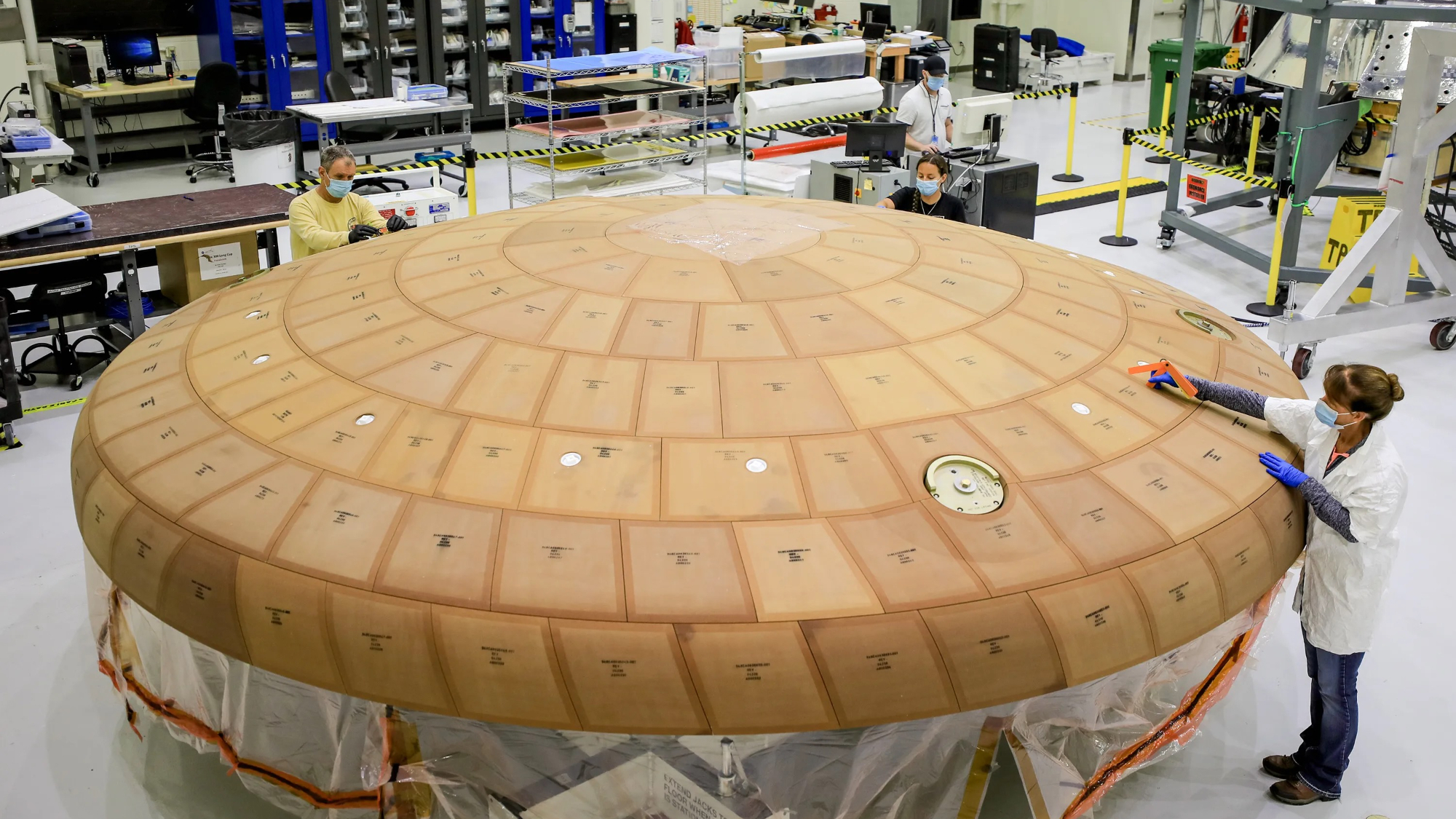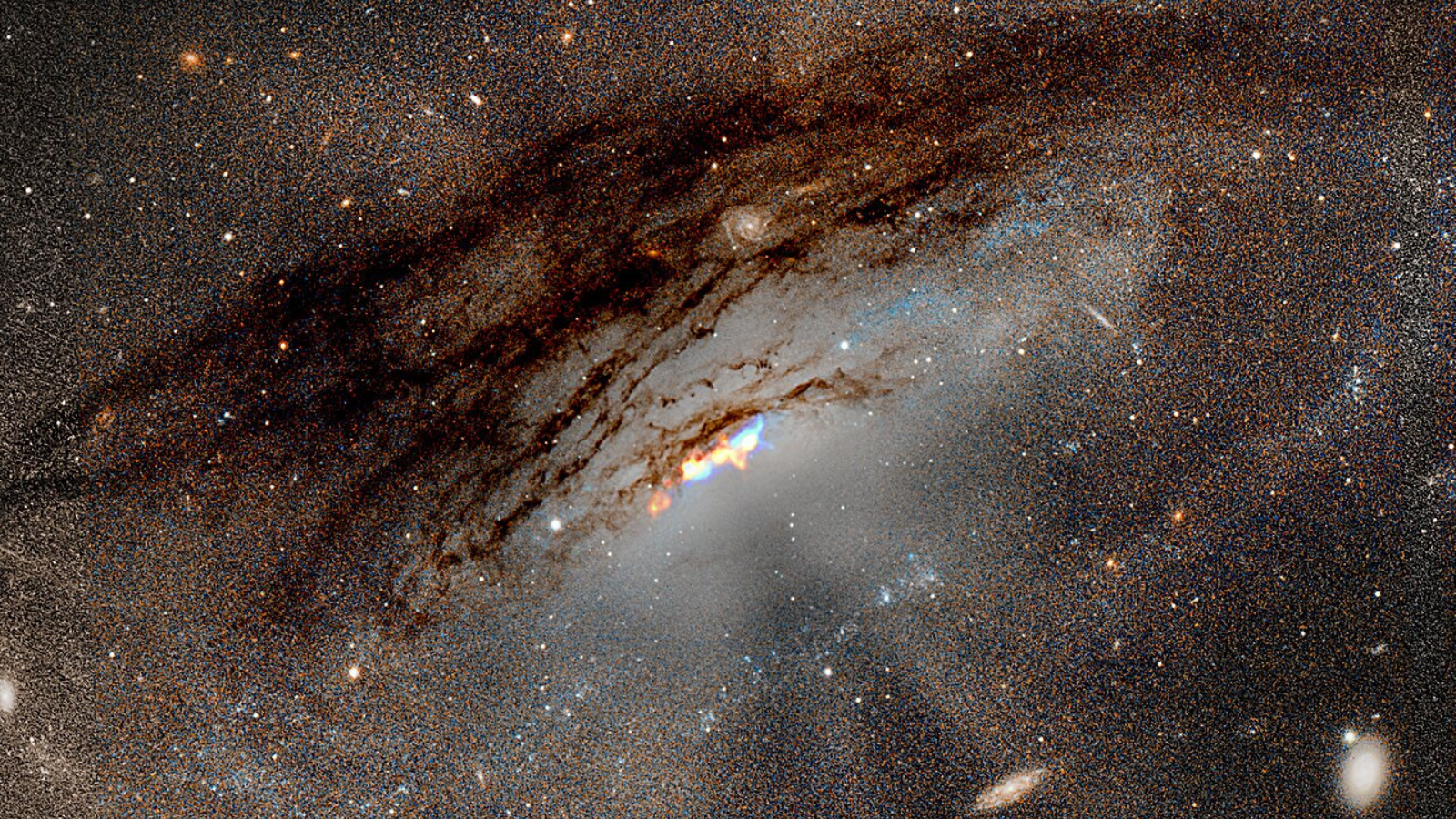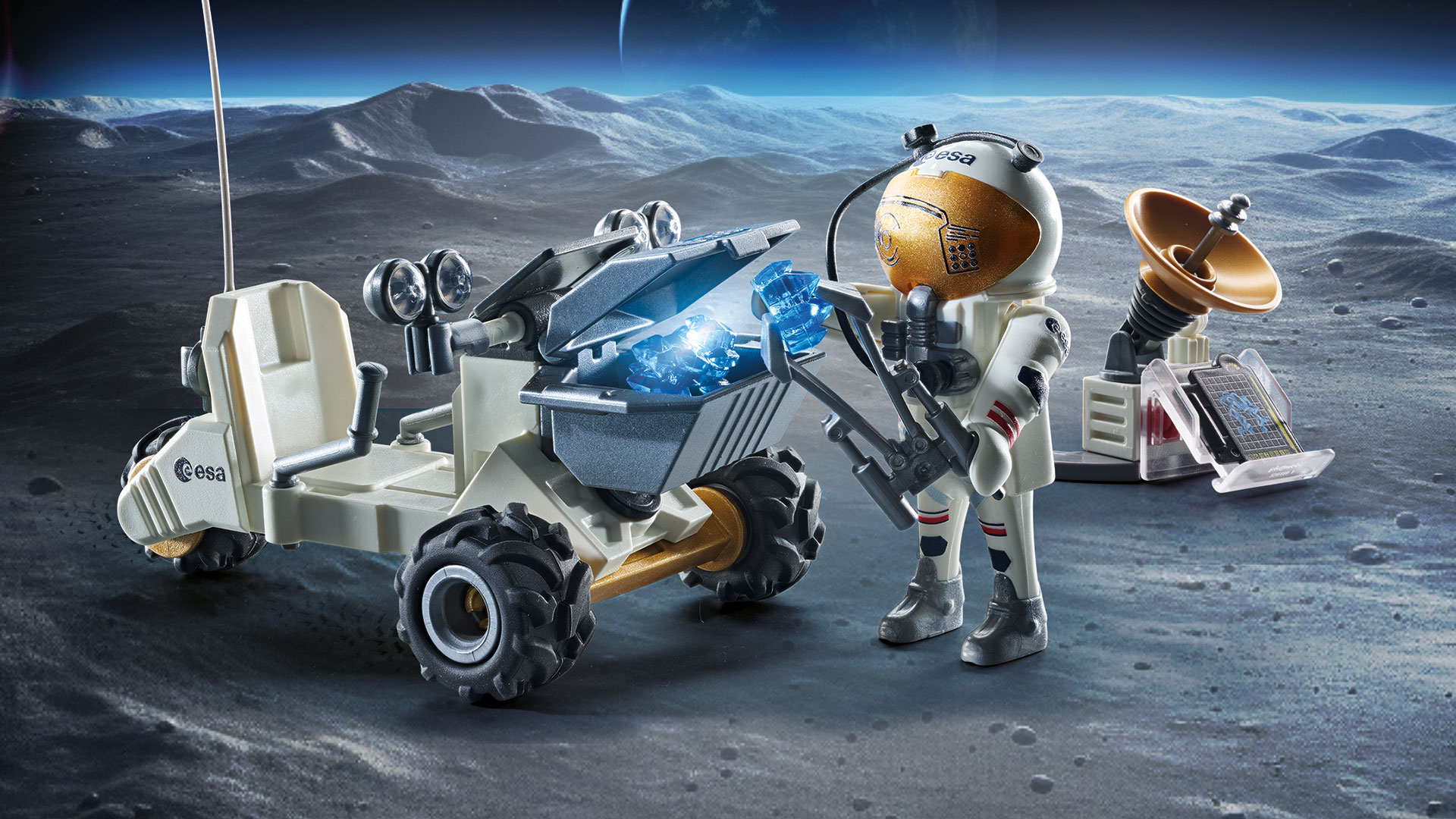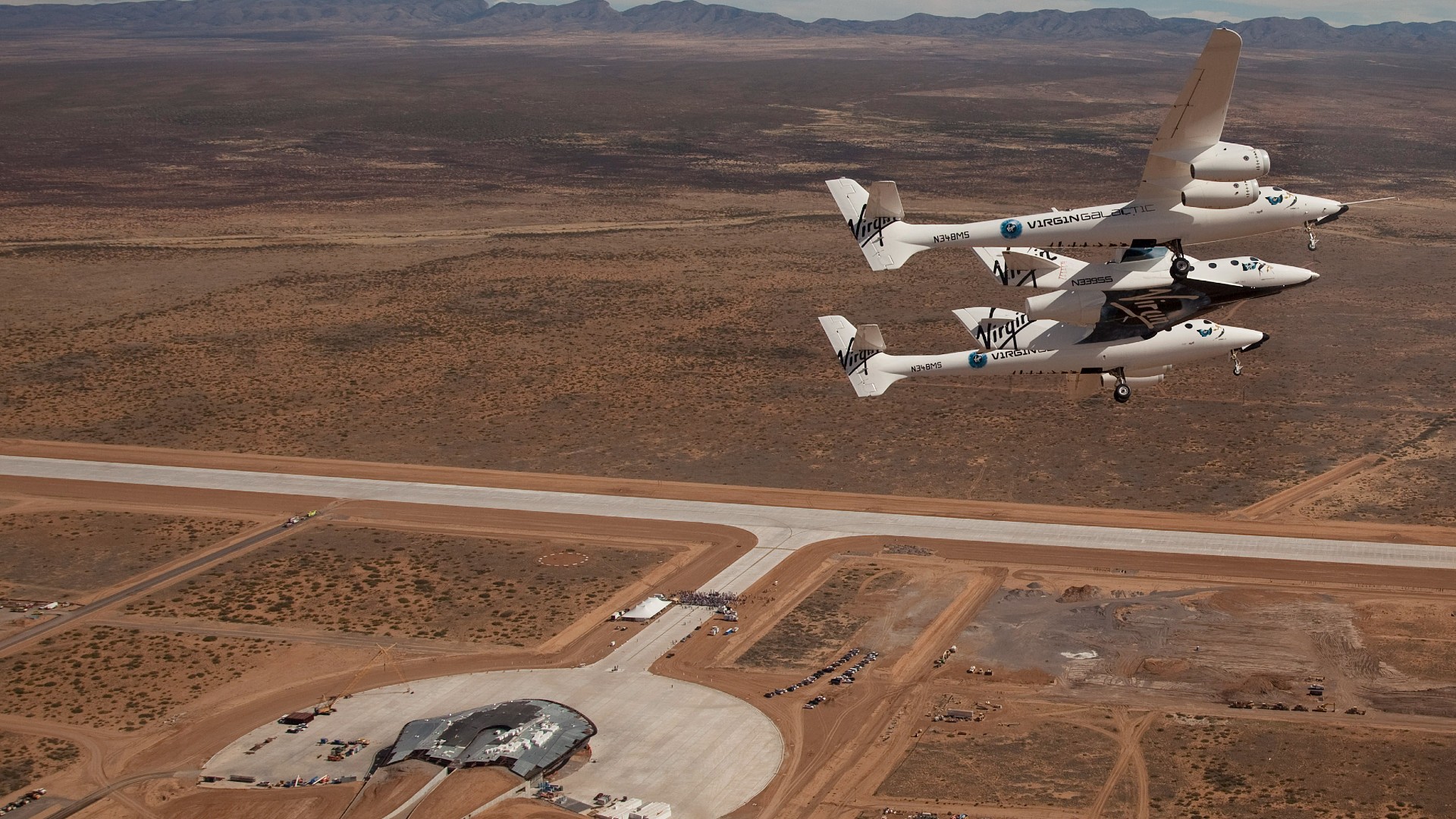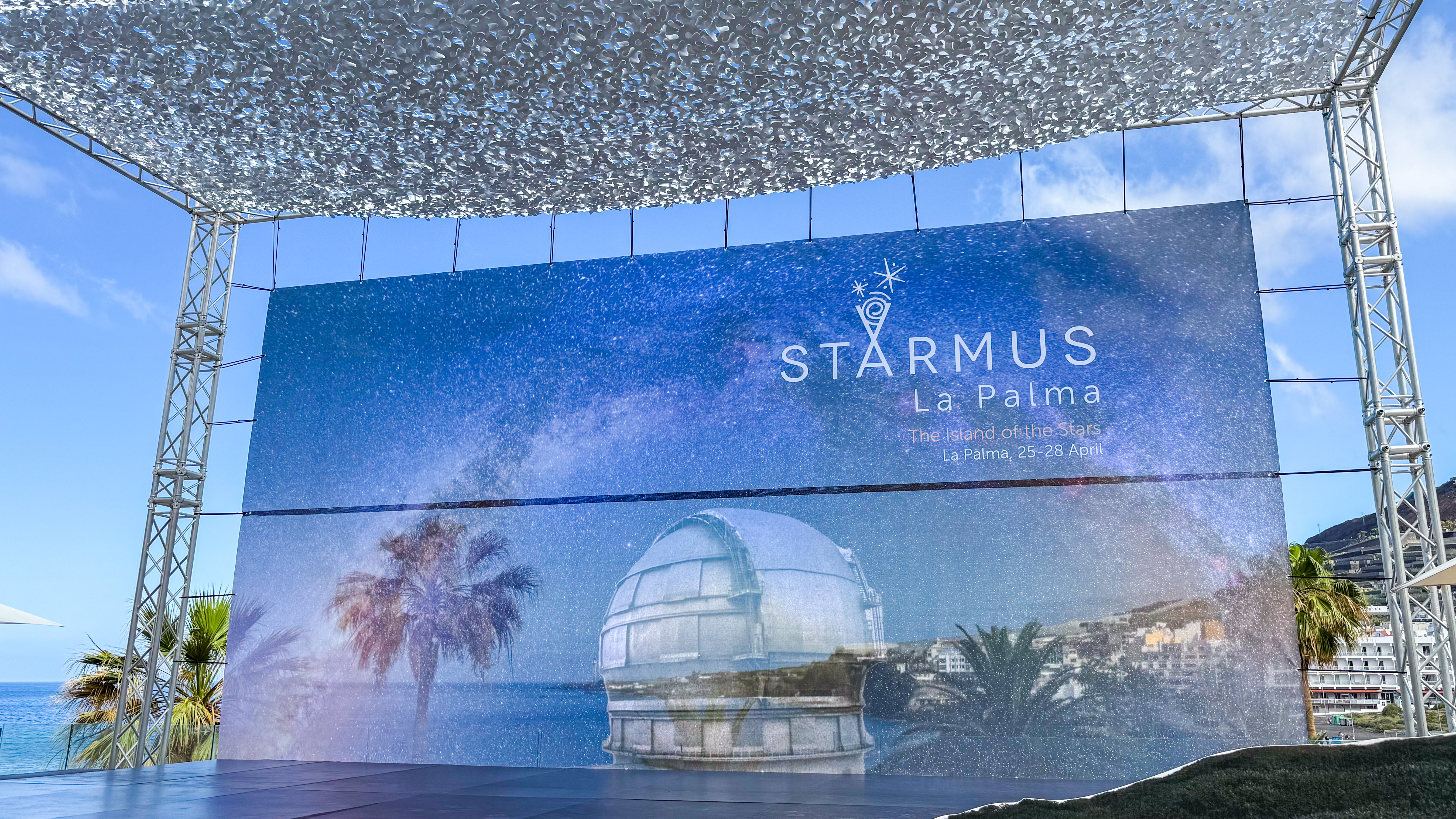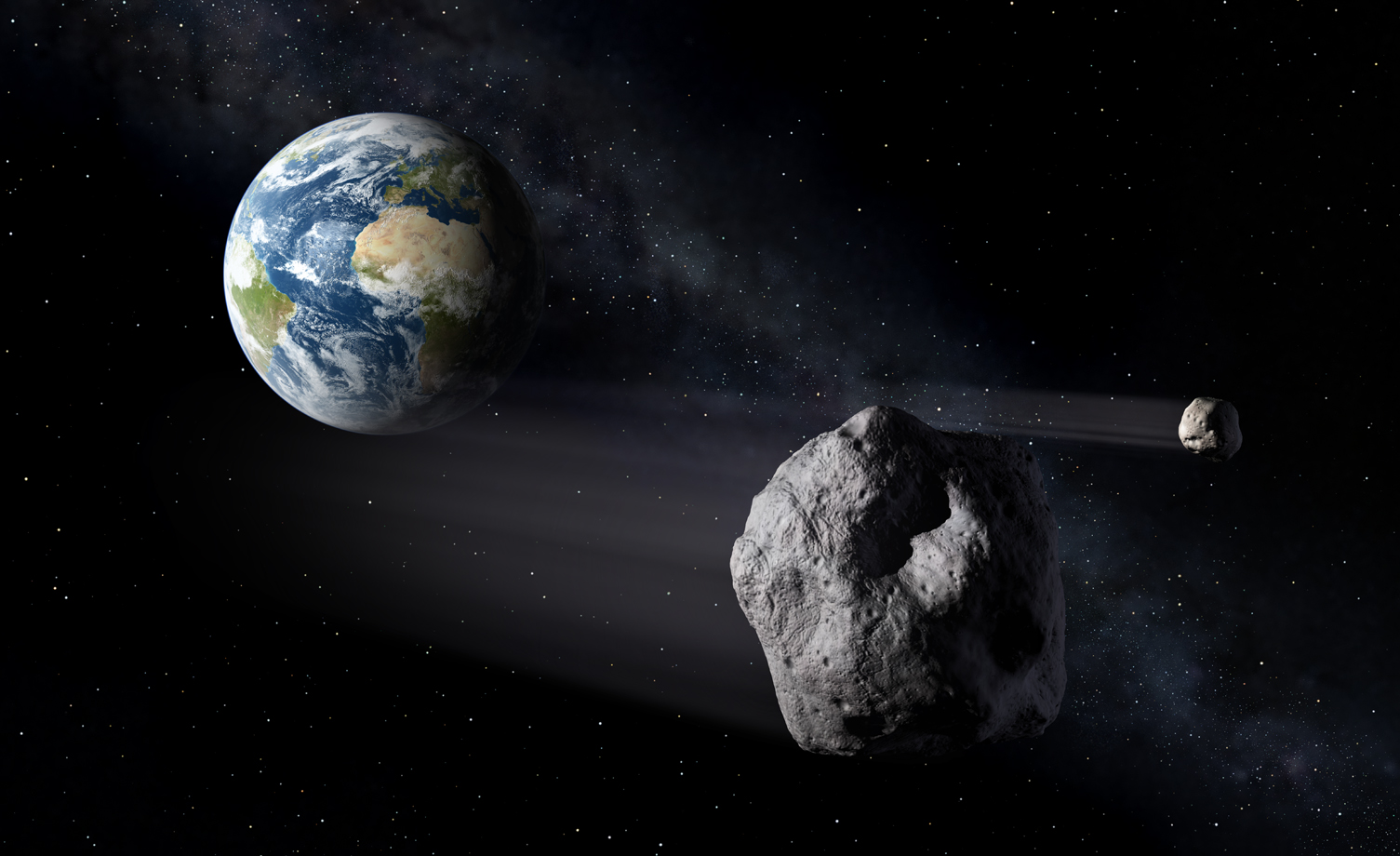
Europe has a new hub that will help coordinate scientists' efforts to detect and track potentially dangerous asteroids.
The European Space Agency inaugurated its Near-Earth Object (NEO) Coordination Center today (May 22), cutting the ribbon on a facility that officials said will strengthen Europe's contribution to the hunt for potentially dangerous asteroids and comets.
The new facility — which is located at the ESA Center for Earth Observation in Frascati, Italy — will support asteroid hunters, serve as the main access point for European NEO data networks and provide data in near real time to scientific institutions, international organizations and policymakers, ESA officials said.
Earth has been pummeled by space rocks repeatedly throughout its 4.5-billion-year history, and the planet will continue to be hit into the future, as the dramatic events of Feb. 15 show.
On that day, a powerful fireball exploded without warning over Russia just hours before the 130-foot (40 meters) asteroid 2012 DA14 cruised within 17,200 miles (27,000 kilometers) of Earth, coming closer than the planet's ring of geosynchronous satellites.
There are literally millions of near-Earth asteroids (NEAs) zipping through the depths of space, and scientists have discovered just 10,000 of them to date.
The good news is that they've spotted 95 percent of the 980 or so mountain-size NEAs — rocks at least 0.6 miles (1 km) wide, which could end human civilization if they hit us — thought to be cruising through our planet's neighborhood. None of them pose any threat for the foreseeable future.
Get the Space.com Newsletter
Breaking space news, the latest updates on rocket launches, skywatching events and more!

But the numbers get worse as the asteroids get smaller. For example, about 4,700 asteroids at least 330 feet (100 m) wide are thought to come uncomfortably close to Earth at some point in their orbits. To date, astronomers have detected less than 30 percent of these objects, which could destroy an area the size of a state if they slammed into Earth.
And researchers have spotted less than 1 percent of asteroids at least 130 feet (40 m) wide, according to officials with the B612 Foundation, a nonprofit organization dedicated to predicting and preventing catastrophic asteroid strikes.
The United States, led by NASA, spearheads the global effort to identify and track potentially hazardous asteroids. To date, U.S. assets have discovered more than 98 percent of known near-Earth objects, NASA officials have said.
Follow Mike Wall on Twitter @michaeldwall and Google+. Follow us @Spacedotcom, Facebook or Google+. Originally published on SPACE.com.
Join our Space Forums to keep talking space on the latest missions, night sky and more! And if you have a news tip, correction or comment, let us know at: community@space.com.

Michael Wall is a Senior Space Writer with Space.com and joined the team in 2010. He primarily covers exoplanets, spaceflight and military space, but has been known to dabble in the space art beat. His book about the search for alien life, "Out There," was published on Nov. 13, 2018. Before becoming a science writer, Michael worked as a herpetologist and wildlife biologist. He has a Ph.D. in evolutionary biology from the University of Sydney, Australia, a bachelor's degree from the University of Arizona, and a graduate certificate in science writing from the University of California, Santa Cruz. To find out what his latest project is, you can follow Michael on Twitter.
